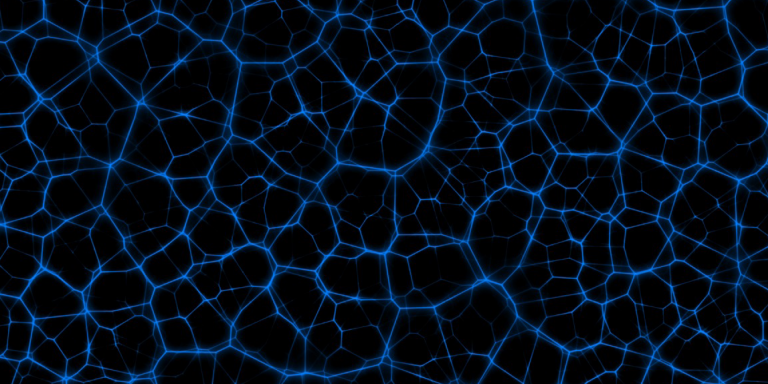
It is estimated that the human brain has between 86 and 100 billion neurons. Scientists from the Blue Brain Project at EPFL have created an algorithm that needs only a few examples to generate a large number of single cells, using algebraic topology, a field of mathematics. With this algorithm, Topological Neural Synthesis (TNS), they can efficiently synthesize millions of unique neural morphologies. They published the results of their work in the article ” Computational Synthesis of Cortical Dendritic Morphologies”in the journal Cell Reports.
These billions of neurons form trillions of synapses that allow neurons to communicate with each other. Creating complete neural models and detailed, accurate brain networks to mimic healthy and disease states is impossible if experimental data are unavailable. Scientists at EPFL’s Blue Brain Project have created an algorithm that, from just a few examples, can generate a large number of unique cells, using algebraic topology, a field of mathematics. With this algorithm, Topological Neural Synthesis (TNS), they can efficiently synthesize millions of unique neural morphologies.
The team led by Linda Kanari applied a TMD (topological morphology descriptor) that reliably classifies dendritic morphologies (those of immune system cells that are involved in triggering immune responses) to digitally synthesize dendritic morphologies of all layers and morphological types in the rodent cortex.
The advantages of this topology-based approach are numerous, as this new TNS algorithm is generalizable to new cell types, requires little input data, and does not require fine tuning as it captures correlations between features.
Numerically reconstructing entire brain areas despite a relatively small number of reference cells
The TNS algorithm guided by the topological architecture of the dendrites allowed to numerically reconstruct, rapidly, entire brain areas from a relatively small number of reference cells. It was then possible to study the links between neuronal morphologies and brain functions at different spatio-temporal scales and also to remedy insufficient biological reconstructions. A multi-step validation ensures that the synthesized cells reproduce the shapes of the reconstructed neurons with respect to three modalities:
- Their morphological characteristics,
- The electrical activity of single cells,
- The connectivity of the network they form.
Lida Kanari explains:
“The results already allow Blue Brain to perform biologically detailed reconstructions and simulations of the mouse brain, computationally reconstructing brain areas for simulations that reproduce the anatomical properties of neuronal morphologies and include area-specific anatomy. We address one of the fundamental problems in neuroscience, namely the paucity of experimental neuronal reconstructions, since topological synthesis needs only a few examples to generate a large number of single cells
. Using the TNS algorithm, we can efficiently synthesize millions of unique neuronal morphologies, 10 million cells in a few hours.”
An attractive approach for medical applications
Henry Markram, founder and director of Blue Brain, states:
“Comprehensive neuron models are essential for defining cell types, discerning their functional roles, and studying structural alterations associated with brain disease states. Researchers have synthesized cortical networks from structural alterations in dendrites associated with disease and revealed principles linking branching properties to large-scale network structure.”
He concludes:
“Because the TNS algorithm is implemented in open source software, it will allow brain diseases to be modeled in terms of single cells and networks, as it provides a tool to directly study the link between local morphological properties and the connectivity of the neural network they form. This approach is particularly interesting for medical applications
because it allows us to study diseases in terms of the emergence of global network pathology from local structural changes in the morphology of neurons.”
Article source:
Lida Kanari, Hugo Dictus, Athanassia Chalimourda, Alexis Arnaudon, Werner Van Geit, Benoit Coste, Julian Shillcock, Kathryn Hess, Henry Markram, Computational synthesis of cortical dendritic morphologies, Cell Reports, Volume 39, Issue 1, 2022, 110586, ISSN 2211-1247,
https://doi.org/10.1016/j.celrep.2022.110586
Translated from Blue Brain project : des chercheurs de l’EPFL dessinent des neurones en 3D grâce aux mathématiques









